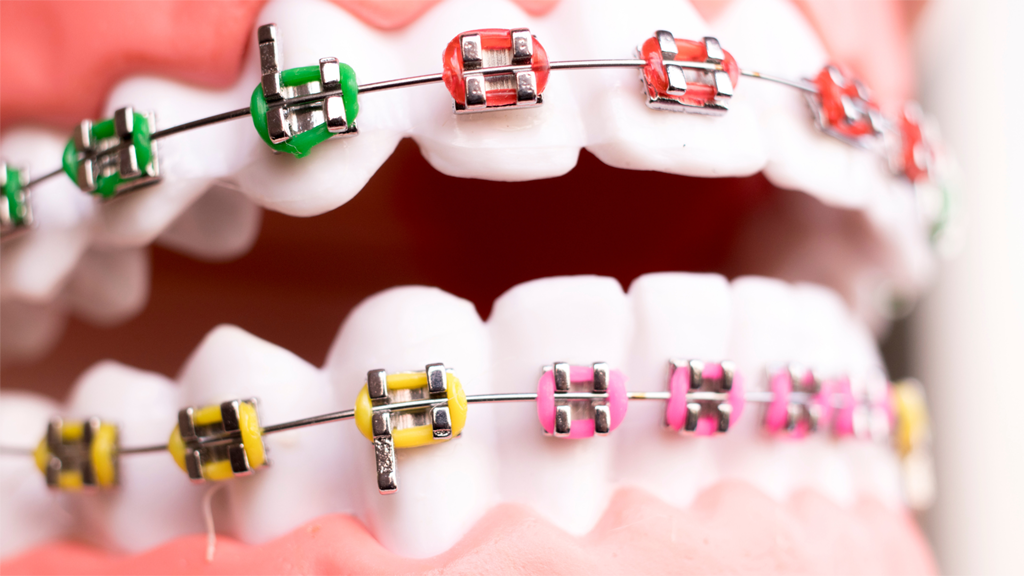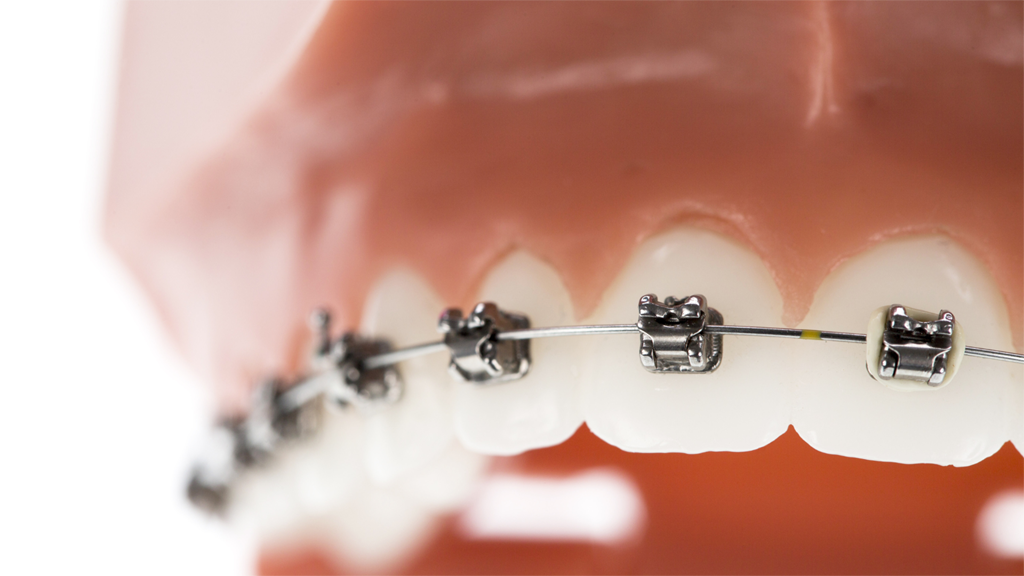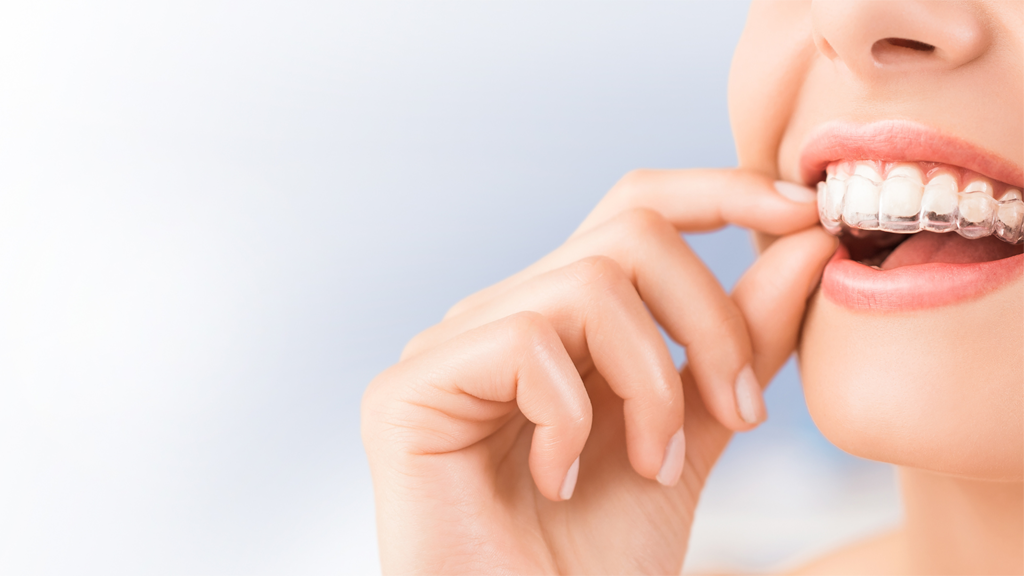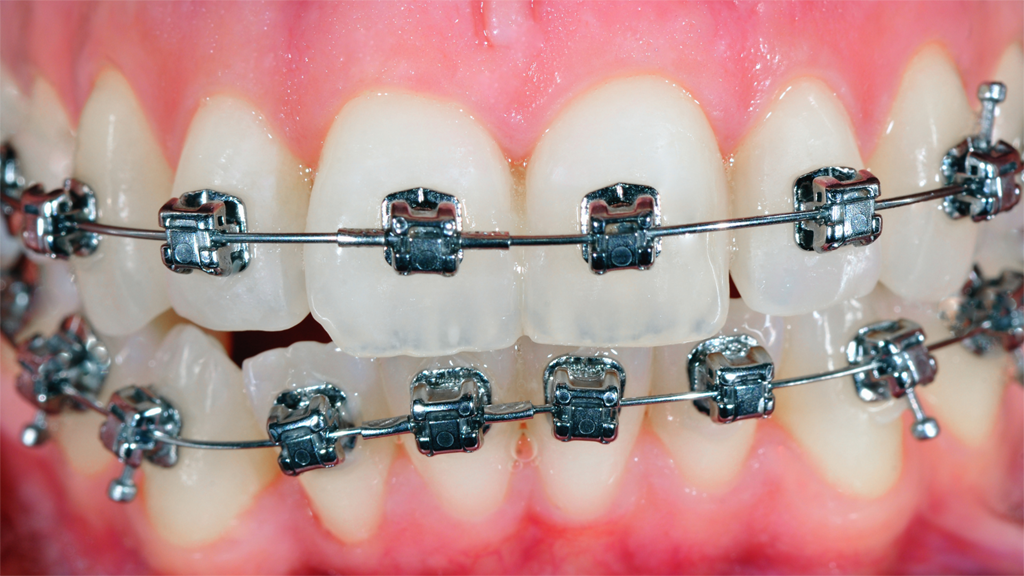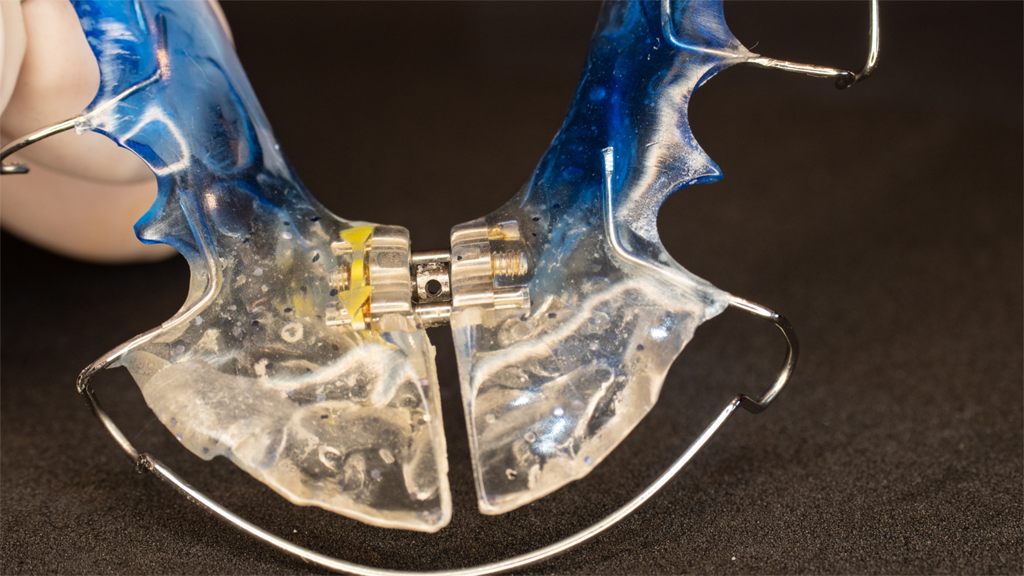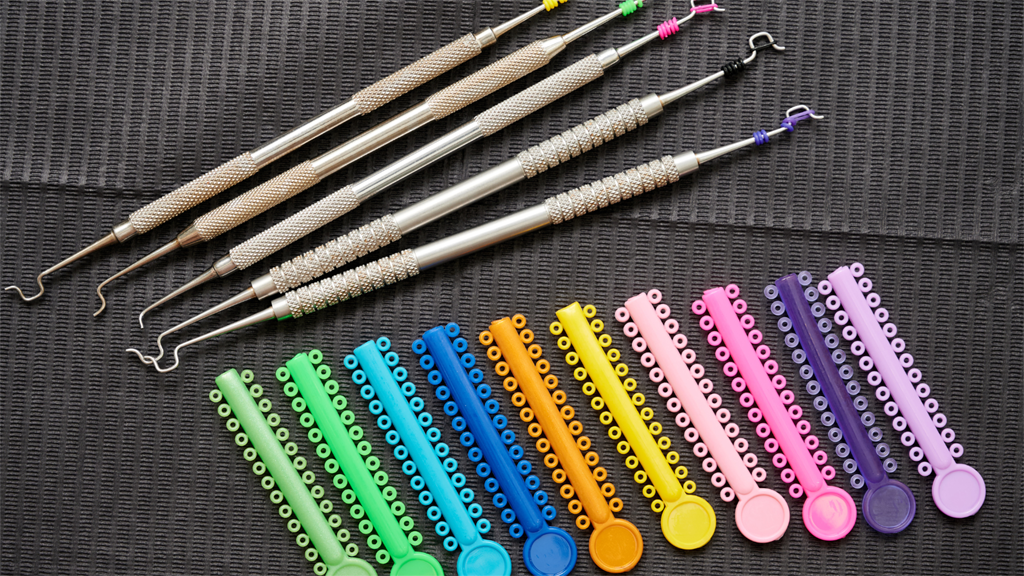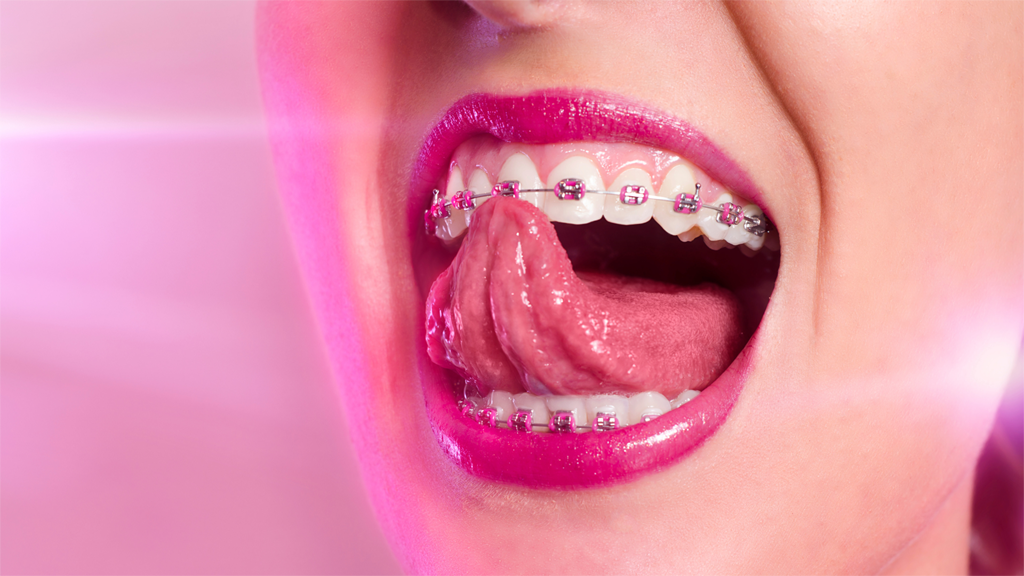Orthodontic
- Home
- Orthodontic
We’re ApexDental, A Dental Clinic at Trident Park Imriehel Malta.
Take A Look Around & Don’t Be Shy.
What is Orthodontics?
Orthodontics is a specialized field of dentistry that focuses on correcting the alignment and positioning of teeth and jaws to improve oral health and create a more aesthetically pleasing smile. Orthodontic treatment involves the diagnosis, prevention, and treatment of dental and facial irregularities, commonly referred to as malocclusions.
The primary goal of orthodontic treatment is to achieve optimal dental and facial balance, enhance the functionality of the bite, and improve oral health. By correcting malocclusions, orthodontics can address problems such as crowded or spaced teeth, overbites, underbites, crossbites, open bites, and other misalignments.
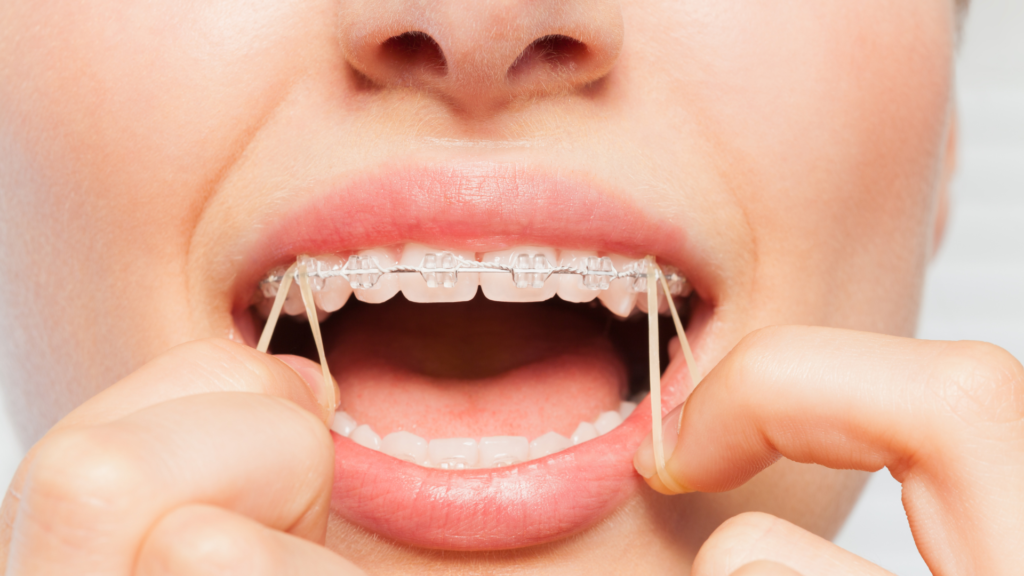
Orthodontic treatment typically begins with a comprehensive evaluation, including a clinical examination, X-rays, photographs, and dental impressions. Based on this assessment, the orthodontist develops a customized treatment plan. This plan may involve the use of fixed braces, which consist of brackets bonded to the teeth and wires that apply gentle pressure to move the teeth gradually. Alternatively, clear aligners, such as Clear Correct, may be used to achieve tooth movement without the need for brackets and wires.
How long is orthodontic treatment?
Orthodontic treatment duration varies depending on the complexity of the case and the individual’s response to treatment. It can last anywhere from several months to a few years. Regular follow-up visits are necessary to monitor progress and make adjustments as needed.
Orthodontics not only improves the appearance of the smile but also contributes to overall oral health. Properly aligned teeth are easier to clean, reducing the risk of tooth decay, gum disease, and other dental problems. Additionally, orthodontic treatment can help alleviate issues related to speech, chewing, and jaw joint disorders.
If you are considering orthodontic treatment, it is best to book a consult so we can can evaluate your specific needs and recommend the most appropriate treatment options for you.
We Make Beautiful Smiles
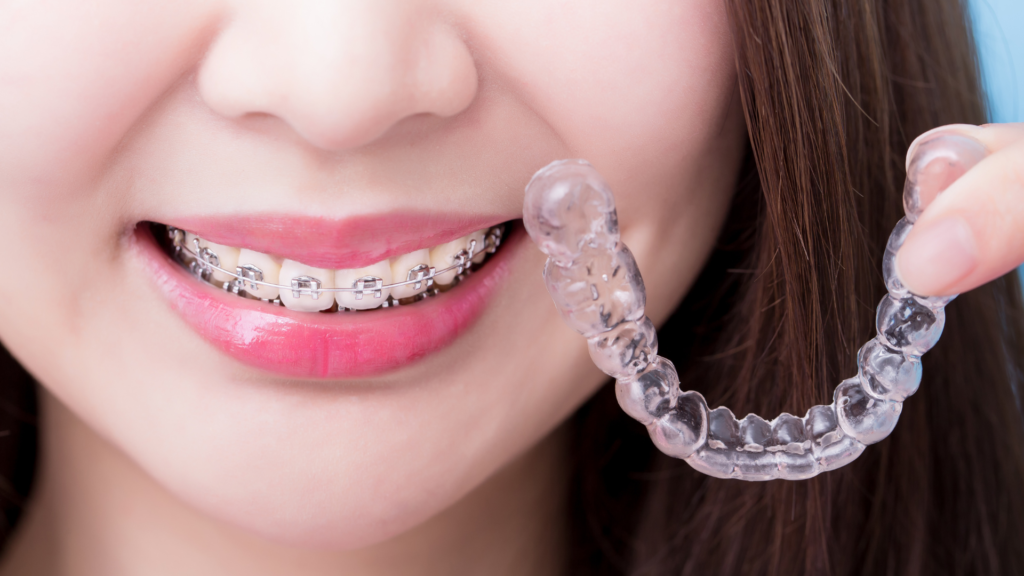
What are clear Aligners?
Clear aligners are a type of orthodontic treatment used to straighten teeth and correct dental misalignment. They are an alternative to traditional braces and are designed to be nearly invisible when worn.
Clear aligners are made of a transparent, BPA-free plastic material that fits snugly over the teeth. They are custom-made for each patient using advanced 3D imaging technology. The aligners work by applying gentle pressure to gradually move the teeth into the desired position.
Here’s how the process generally works:
1. Consultation:
The first step is to consult with an orthodontist or a dentist who specializes in clear aligner therapy. They will evaluate your teeth and discuss your treatment goals.
2. Treatment Plan:
If clear aligners are deemed suitable for your case, the orthodontist will create a customized treatment plan. They will use digital imaging or physical impressions of your teeth to create a series of aligners that will gradually shift your teeth into alignment.
3. Fitting:
Once the aligners are ready, you will be provided with a series of aligner sets. Each set is typically worn for about two weeks before progressing to the next set. The aligners should be worn for 20 to 22 hours a day, only removing them for eating, drinking (except water), brushing, and flossing.
4. Progress Check-ups:
During the treatment, you will have periodic check-ups with your orthodontist to monitor your progress and receive new sets of aligners.
5. Completion:
Once you have completed the prescribed series of aligners, your teeth should be in their desired positions. However, to maintain the results, you might be advised to wear a retainer at night or as instructed by your orthodontist.
Clear aligners offer several advantages over traditional braces. They are virtually invisible, which makes them aesthetically appealing. They are also removable, allowing for easier oral hygiene and the ability to eat without restrictions. However, it’s essential to follow your orthodontist’s instructions diligently to ensure treatment success.
What are the advantages of clear aligners over traditional braces?
Clear aligners, such as Clear Correct, offer several advantages over traditional braces. Here are some of the key benefits:
1. Aesthetics:
Clear aligners are virtually invisible when worn, making them a more aesthetically pleasing option compared to metal braces. This is particularly advantageous for adults and individuals who are conscious about their appearance during orthodontic treatment.
2. Removability:
Clear aligners can be easily removed when eating, drinking, brushing, and flossing. This allows for better oral hygiene compared to braces, as there are no brackets or wires that can trap food particles, leading to plaque buildup and potential dental issues.
3. Comfort:
Aligners are made of smooth plastic, which tends to be more comfortable than metal brackets and wires. They don’t have sharp edges that may irritate the gums and cheeks, reducing the chances of discomfort and mouth sores.
4. Convenience:
Clear aligners typically require fewer visits to the orthodontist compared to braces. Instead of regular adjustments, aligner trays are usually changed every 1-2 weeks at home. This can be particularly beneficial for individuals with busy schedules or those who live far from their orthodontist’s office.
5. Less dietary restrictions:
With traditional braces, there are certain foods that should be avoided to prevent damage to the brackets and wires. However, clear aligners can be removed during meals, allowing individuals to enjoy a wider range of foods without restrictions.
6. Predictable treatment:
Clear aligners are designed using advanced computer modeling and 3D imaging technology. This enables orthodontists to create a personalized treatment plan, visualizing the expected results and progression of tooth movement. It provides a more predictable treatment outcome compared to traditional braces.
It’s important to note that clear aligners may not be suitable for all orthodontic cases. Complex or severe malocclusions may still require traditional braces for optimal results. Consulting with an orthodontist is the best way to determine the most appropriate treatment option based on individual needs and goals.
What to do and don’t when having clear braces.
Clear braces are a popular orthodontic option that can help straighten teeth while being nearly invisible. However, some precautions need to be taken to ensure the treatment is effective and efficient. Here are some do’s and don’ts for those with clear braces:
DO:
– Brush and floss regularly to keep your braces and teeth clean.
– Attend your scheduled appointments with your orthodontist to ensure progress is being made.
– Wear your retainer as directed after treatment to prevent teeth from shifting.
DON’T:
– Eat hard, crunchy, or sticky foods that can damage your braces or get stuck in them.
– Chew on pens, pencils, or any other objects that could potentially damage your clear braces.
– Smoke or consume foods and drinks that can stain your clear braces, such as coffee, tea, or red wine.
By following these simple guidelines, you can maintain your clear braces and get the results you desire. Remember, the more you take care of your braces, the quicker and more comfortable the process will be.
